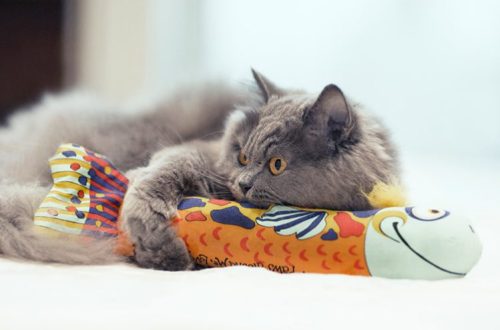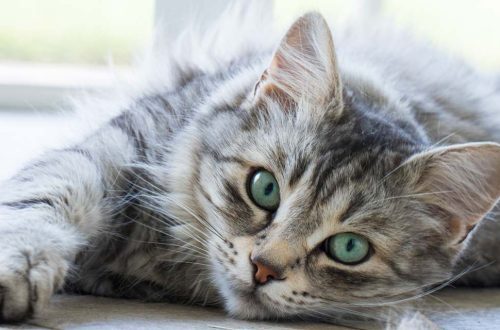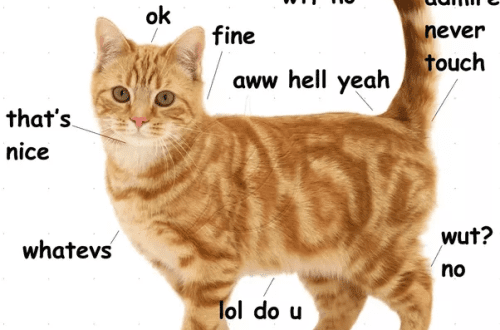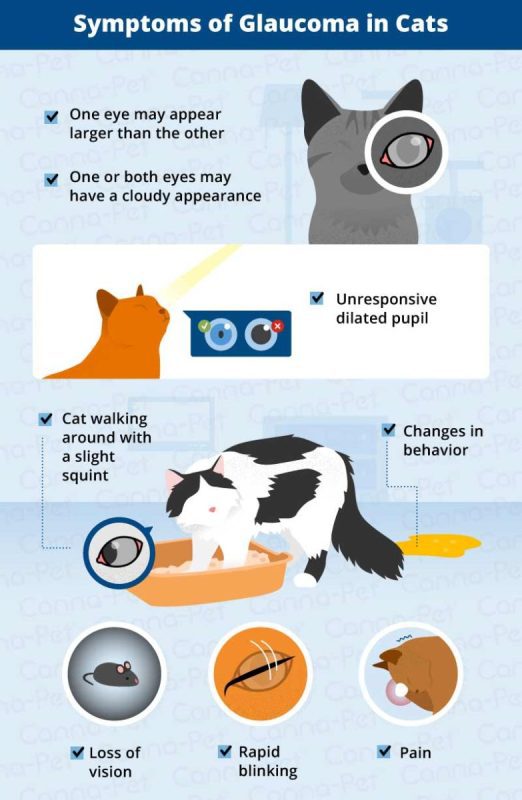
Glaucoma ninu awọn ologbo: awọn aami aisan ati itọju
Glaucoma in cats is an eye disease characterized by an increase in the eye or, as it is also called, intraocular pressure. Glaucoma can cause pain and potentially lead to blindness. An increase in intraocular pressure causes a decrease in the outflow of aqueous humor, a clear fluid that circulates between the cornea and the pupil.
Normal intraocular pressure in cats is usually 10 to 20 mmHg. Art. The pressure may depend on the time of day, the level of arousal or anxiety of the cat and its posture. Intraocular pressure above 25 mm Hg. Art. or a significant difference in pressure between the two eyes, usually over 7-8 mm Hg. Art. , is considered a deviation from the norm.
Glaucoma is relatively rare in cats compared to dogs, but the actual prevalence of this disease is higher because many cases may go undetected due to subtle clinical signs.
Awọn akoonu
Causes of Glaucoma in Cats
Causes of glaucoma in cats can be divided into two main categories:
- primary glaucoma. Primary inability of the eye to drain fluid.
- secondary glaucoma. The main disease that prevents the normal outflow of fluid from the eye.
Glaucoma akọkọ
Primary glaucoma is usually hereditary or breed related. It is quite rare in cats. Some breeds, such as Burmese, Persian and Siamese cats, are more prone to primary glaucoma than others. The first signs usually occur in one eye. But if glaucoma develops in one of the eyes, there is a good chance that the other will eventually be affected as well.
Glaucoma keji
Secondary glaucoma is more common in cats. It develops against the background of another disease, and here diagnosis is of paramount importance. Once the underlying cause is established, the veterinarian will be able to recommend treatment and predict the course of the disease.
Major diseases causing glaucoma in cats
The most common diseases that lead to glaucoma in cats include:
- Neoplasia, or abnormal growth of tissue. Intraocular neoplasia, often malignant, is the leading cause of glaucoma in cats. Melanoma and lymphoma are the most common cancers affecting the eyes.
- Uveitis iwaju. This is an inflammation of the front of the eye and is the main cause of glaucoma in cats.
- Intraocular hemorrhage or bleeding inside the eye. It most often occurs due to high blood pressure or injury.
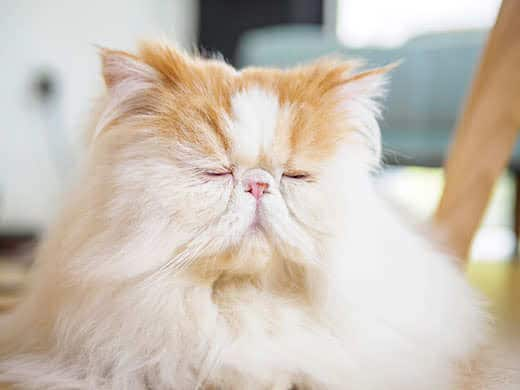
Signs of glaucoma in cats
The clinical signs of glaucoma in cats are often subtle and difficult for cat owners to detect. However, the main ones are:
- squinting of the eyes;
- yiyọ kuro lati oju;
- awọn ọmọ ile-iwe ti o gbooro;
- pronounced blood vessels on the white of the eye;
- cloudy or bluish eyes;
- loss of vision.
In the later stages of the disease, the eyeball enlarges and looks bulging, blindness occurs. Cats react to the discomfort caused by glaucoma in different ways, but in most cases they show no obvious signs of severe pain. However, this condition is very painful. Unfortunately, the patience of pets leads to the fact that many cats are diagnosed in the later stages, when they are already going blind.
Glaucoma in cats: treatment
If the owner thinks that the cat has glaucoma, this is an emergency. The cat should be taken to the veterinarian urgently to reduce the risk of further damage to the eye. Veterinarians diagnose glaucoma in cats by clinical signs and by measuring intraocular pressure. For these purposes, the veterinarian can use various devices.
In most cases of glaucoma, once a cat has lost its vision, it is no longer possible to restore it. Animals with primary glaucoma will gradually lose their sight even if treated. In cats with secondary glaucoma, the prognosis depends on the underlying disease causing the glaucoma and the response of the underlying disease and glaucoma to treatment.
How to treat glaucoma in cats, a specialist will tell you. There are medications that help lower intraocular pressure and cure this condition. Medicines for topical use should be applied systematically, several times a day. Doing this is sometimes difficult, but in general the task is doable. The veterinarian will help you come up with tricks that will make life easier for everyone.
In some cases, drops for glaucoma in cats are not enough, and a specialist may recommend surgery to remove the eye. In cats with permanent blindness or cancer as the underlying cause of glaucoma, removal of the eye is usually the most appropriate treatment option.
Making the decision to have your pet’s eye removed can be stressful, but it’s important to remember that glaucoma is a very painful condition. Cats tolerate eye removal surgery well because it allows them to get rid of the source of discomfort. At this time, the animal is usually already adapting to the loss of vision in the affected eye. Even cats that are blind in both eyes can get used to a new lifestyle and feel good after surgery.
Wo tun:
Awọn arun oju ni awọn ologbo: Awọn iṣoro 6 ti o wọpọ julọ
Kini idi ti awọn ologbo ni oju omi?
Awọn ẹya ara ẹrọ ti iran ti awọn ologbo ati bi wọn ti ri aye ni ayika wọn
Conjunctivitis ninu awọn ologbo



